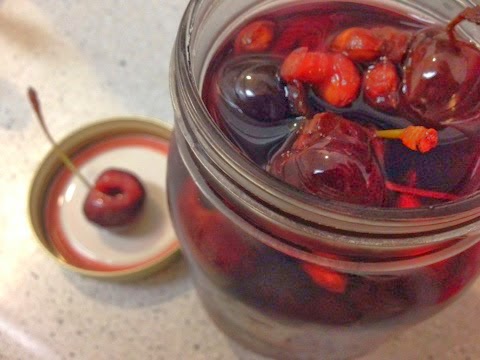
Everyone has a favorite dish. For me, it's gumbo, especially on a cold day. Gumbo isn't hard to make - it's basically a stew - but
good gumbo is a different story. You need good technique, good equipment (especially a heavy cast iron skillet), and most importantly, good ingredients. For the most part, that means getting high quality protein (I prefer crawfish, shrimp, or chicken when I make gumbo), fresh vegetables, and good butter (I prefer cultured, grass fed butter when available). The last piece of the puzzle, and the one that has eluded me so far, is andouille. A spicy, coarsely ground pork sausage, when done right it's spicy, sweet, with a hint of garlic. When done bad, it's no better than dollar store kielbasa. It's not easy to find on the west coast, and the few brands that the local stores do offer are hardly authentic - collagen casings, chicken, beef, even soy-based - a far cry from the heavily seasoned pork-based sausage it mimics. A lot of recipes have admitted defeat, suggesting to use polska kielbasa or even
italian sausage in lieu of andouille. But for me, no such shortcuts exist. With little option, I decided I would have to make my own...
Luckily, I had a new electric smoker that was begging to be used, and several resources on how to make it (relying heavily on
this site). After several trips to the butcher and grocery stores to procure the necessary cuts of pork and casings - I could not find beef casings in the area and had to settle for hog, something I will address with the second batch - it was time to get to work.
I ground half of the pork shoulder/butt, and coarsely chopped the other half, to get the course texture I was looking for. Then I added the seasonings, pink salt, water and minced garlic. After that, it was time to stuff the mixture into the hog casings. (As a side note, I will have to invest in a much better stuffer in the future if I don't want to spend several hours stuffing.) After the first few links I got the hang of it - the trick is to move the casings slow enough to get them filled tightly, without rupturing them.
Once stuffed, the links were tied off and sent to the smoker. I used a mixture of cherry and peach wood, although I have read that pecanwood is the preferred choice for many (another thing to address next time!). I smoked the links for approximately 6 hours at 175, ramping the temperature to 225 for the last hour. Next time I may need to smoke them a bit longer as the smoke flavor was more subdued than I would have liked.
After cooling, I vacuum-sealed and froze most of it, but did manage to sneak in a batch of gumbo the next day. I have a few bugs to work out, this being my first batch of homemade sausage, but overall, well worth the effort and leaps and bounds above what you can buy. Finally, gumbo I can be proud of.
Now if only I knew how to make tasso ham...
Enjoy some additional photos after the break.
 Last weekend I built a hop randall, something I have been wanting to do for a long time. For those who are unfamiliar with the name, a randall, also known as a moorminator, hash back, or beer infuser, is a device that is placed inline between a keg and a draft faucet that allows you to infuse additional flavors into a beer. There are several designs, ranging from cheap - a French Press or a thermos with a filter - all the way up to the overkill solution offered by Dogfish Head.
Last weekend I built a hop randall, something I have been wanting to do for a long time. For those who are unfamiliar with the name, a randall, also known as a moorminator, hash back, or beer infuser, is a device that is placed inline between a keg and a draft faucet that allows you to infuse additional flavors into a beer. There are several designs, ranging from cheap - a French Press or a thermos with a filter - all the way up to the overkill solution offered by Dogfish Head.











